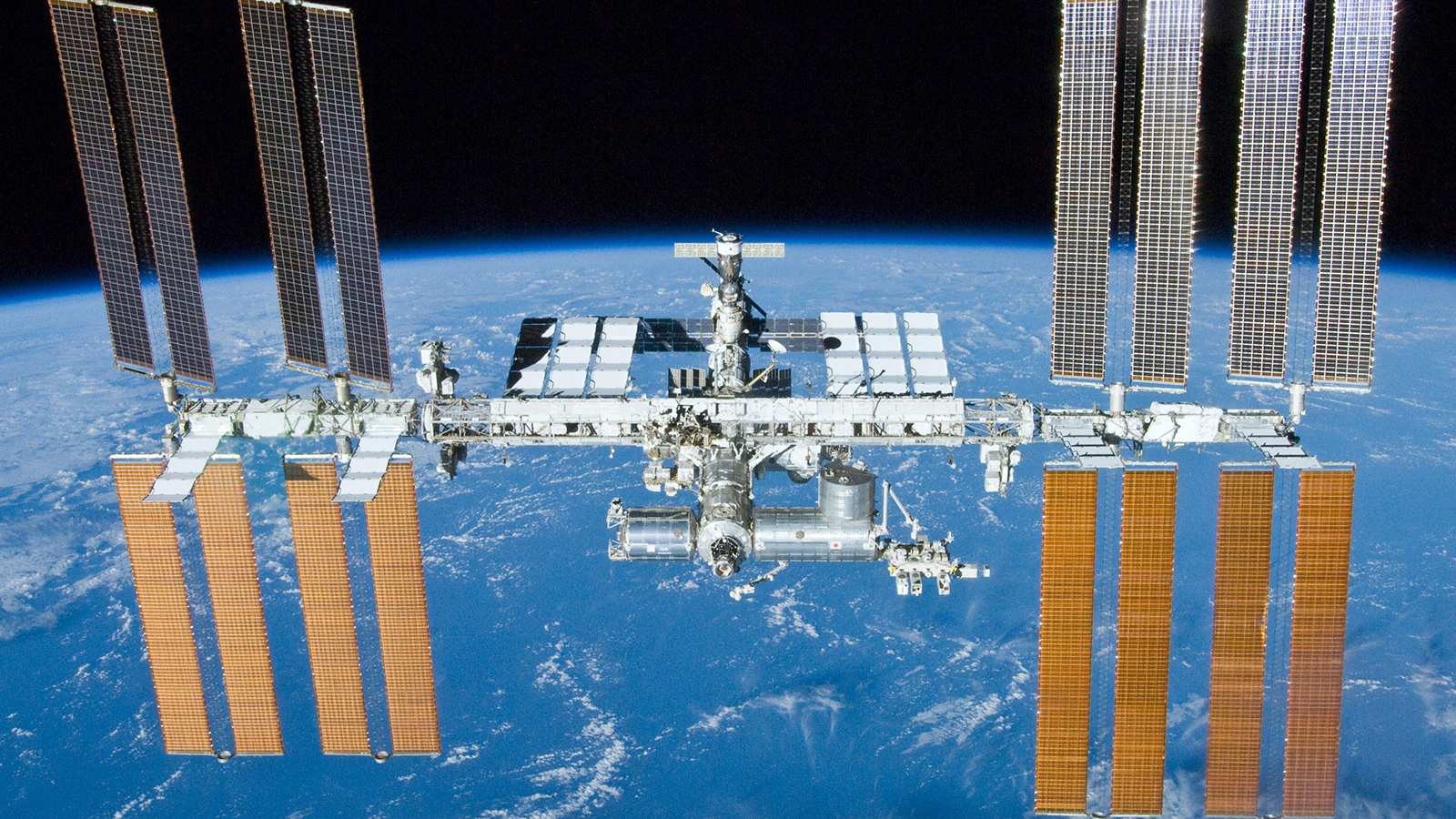Stay Up to Date
Submit your email address to receive the latest industry and Aerospace America news.
President Ronald Reagan, in his 1984 State of the Union Address, promised that a space station would bring “quantum leaps” in a host of research areas. He meant quantum as in significant, not as in the applied physics experiment due to unfold shortly in the International Space Station’s Cold Atom Laboratory [See “Quantum Promises,” Page 16].
Reagan’s speech illustrates how hard it is to predict the return on investments from space research, or to foresee the research that creative human beings will conceive. Our markets here on Earth aren’t yet teeming with products that “could be only manufactured in space,” as Reagan predicted. Who could have guessed in 1984 that the station would be a venue for quantum physics research that could point to a whole new way of performing deep space navigation?
The future of ISS after 2024 will probably be just as hard to predict, even if NASA and its international partners succeed at transitioning this $80 billion conglomeration of modules and living space to the control of a private entity of some kind.
One open question is just how much autonomy that private entity would be granted to apply market principles to the future of ISS.
Congress and NASA have constrained the conversation in at least one important way. The “NASA Transition Authorization Act of 2017” envisions NASA becoming “one of many customers of a low-Earth orbit non-governmental human space flight enterprise.” That sounds like a call for an independent enterprise, except that the station would remain a “human space flight enterprise.”
A similar constraint is reflected in NASA’s congressionally mandated “International Space Station Transition Report,” released in March. NASA lays down eight “core principles” for the transition, four of which call directly or by inference for expanding or continuing human space flight.
This language sounds a lot like offering to privatize a factory so long as the new owner agrees to keep all the workers. We need to remember that we’re living in an age of robotics and artificial intelligence. Today’s roles for astronauts on ISS might not apply to tomorrow, depending on how one answers the following philosophical question: Should the astronauts on ISS after 2024 be seen as space explorers or space workers? If they are workers, then business judgment must kick in or the business will be short-lived. A business leader would not care that “astronauts have continuously lived aboard the ISS for over 17 years,” as the NASA transition report gushes. He or she would need to see the business case for continued human occupation and by how many astronauts. Successful businesses do not keep workers on production lines, in coal mines or on space stations for the sake of tradition.
And then there’s the mix of research to consider. Will that be decided by how many dollars customers are willing to pay? By the likelihood of a return on investment? Or must the mix cater to the government’s definition of what “ultimately benefits people on Earth,” to use the NASA report’s language?
These are big questions without easy answers. It’s possible that initiatives like the quantum research in the Cold Atom Lab could be squeezed out by those with deeper pockets and better odds of a return on investment. That’s a bad thing if one’s goal is to open up deep space with findings from this lab. But it could be a good thing if, for example, Parkinson’s disease lies in your future and the entity with the deeper pockets finds a treatment because of its research on ISS.
Hard choices like this could lie ahead if the market for space research turns as red hot as many hope.
About Ben Iannotta
As editor-in-chief from 2013 to March 2025, Ben kept the magazine and its news coverage on the cutting edge of journalism. He began working for the magazine in the 1990s as a freelance contributor. He was editor of C4ISR Journal and has written for Air & Space Smithsonian, New Scientist, Popular Mechanics, Reuters and Space News.
Related Posts
Stay Up to Date
Submit your email address to receive the latest industry and Aerospace America news.




